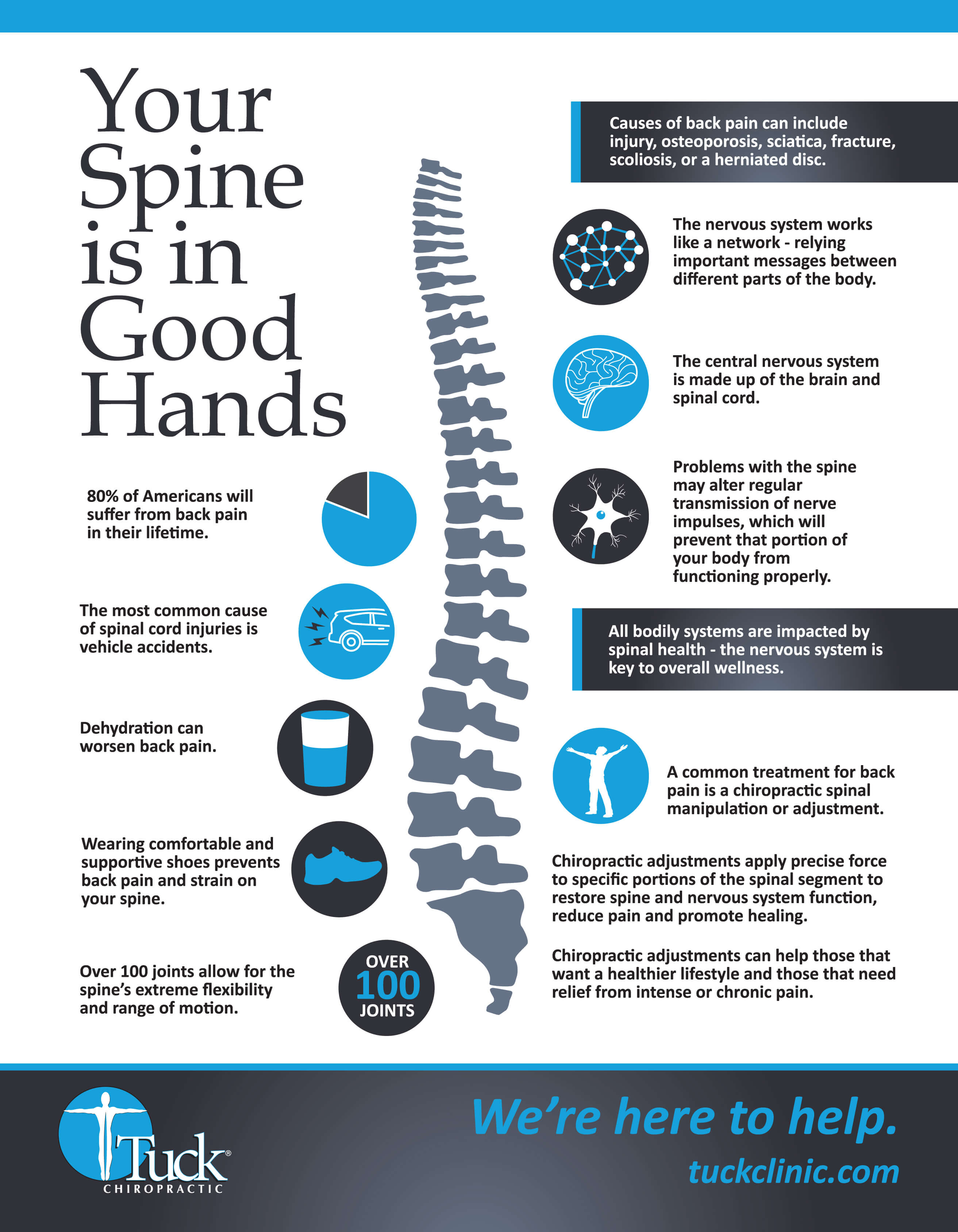Prepare Yourself To Check Out The Remarkable Cellular Interactions Of Cold Laser Therapy And Its Usage Of Light For The Purpose Of Recovery. Dig Additionally Right Into The World Of Science!
Prepare Yourself To Check Out The Remarkable Cellular Interactions Of Cold Laser Therapy And Its Usage Of Light For The Purpose Of Recovery. Dig Additionally Right Into The World Of Science!
Blog Article
Produced By- https://mylestylop.sharebyblog.com/33689279/unveiling-the-efficacy-of-cold-laser-treatment-in-sports-injury-recovery-a-compilation-of-study-and-success-stories may have heard of cold laser treatment as a promising treatment choice for different conditions, but have you ever asked yourself just how it in fact works with a cellular degree? Comprehending the devices behind this treatment can clarify its effectiveness in advertising healing and lowering swelling. By checking out the science behind cold laser therapy, you'll obtain insights into the interesting ways in which light can influence cellular processes and promote cells repair work.
Just How Cold Laser Treatment Works
To recognize how cold laser treatment functions, you require to grasp the essential principles of just how light power interacts with organic tissues. Cold laser therapy, likewise referred to as low-level laser treatment (LLLT), uses specific wavelengths of light to penetrate the skin and target hidden tissues. Unlike the intense lasers made use of in procedures, cold lasers give off low levels of light that don't create warmth or create damage to the cells.
When these mild light waves reach the cells, they're soaked up by parts called chromophores, such as cytochrome c oxidase in mitochondria. This absorption activates a collection of organic actions, including boosted cellular energy manufacturing and the release of nitric oxide, which improves blood circulation and decreases inflammation.
Furthermore, the light energy can also boost the manufacturing of adenosine triphosphate (ATP), the energy currency of cells, aiding in cellular fixing and regeneration procedures.
Basically, cold laser treatment utilizes the power of light energy to promote healing and reduce discomfort in a non-invasive and gentle manner.
Systems of Action
Just how does cold laser therapy really function to produce its healing effects on organic cells?
Cold laser therapy, likewise called low-level laser therapy (LLLT), operates with a procedure referred to as photobiomodulation. When the cold laser is applied to the skin, the light energy permeates the cells and is absorbed by chromophores within the cells.
These chromophores, such as cytochrome c oxidase in the mitochondria, are then promoted by the light energy, causing a waterfall of organic reactions. One essential system of action is the enhancement of mobile metabolic rate.
The taken in light energy increases ATP manufacturing in the mitochondria, which is vital for mobile function and repair work. Additionally, cold laser therapy aids to minimize inflammation by inhibiting inflammatory moderators and promoting the launch of anti-inflammatory cytokines.
This anti-inflammatory impact adds to pain relief and cells recovery.
Therapeutic Impacts
Comprehending the restorative impacts of cold laser treatment includes acknowledging how the improved cellular metabolic rate and anti-inflammatory homes contribute to its favorable end results on biological cells.
When the cold laser is related to the damaged area, it stimulates the mitochondria within the cells, causing enhanced production of adenosine triphosphate (ATP), which is essential for mobile function and repair work. This boost in cellular power accelerates the healing process by promoting tissue regrowth and minimizing inflammation.
Furthermore, https://chronic-knee-pain51504.blogpayz.com/33922533/revealing-the-efficiency-of-cold-laser-therapy-in-sports-injury-recuperation-a-compilation-of-study-and-success-stories -inflammatory residential properties of cold laser treatment aid to reduce discomfort and swelling in the targeted location. By inhibiting linked here and advertising the release of anti-inflammatory cytokines, cold laser therapy help in relieving discomfort and improving the general recovery reaction.
This decrease in inflammation not only supplies prompt relief however likewise sustains lasting tissue fixing.
Verdict
Finally, cold laser therapy works by boosting mobile repair and tissue regeneration via photobiomodulation. Its anti-inflammatory properties provide discomfort alleviation and reduce swelling by preventing inflammatory conciliators.
This treatment provides a thorough approach to recovery, providing both prompt alleviation and lasting cells fixing advantages.
Through its systems of activity, cold laser treatment proves to be an effective and promising treatment choice for a variety of problems.
